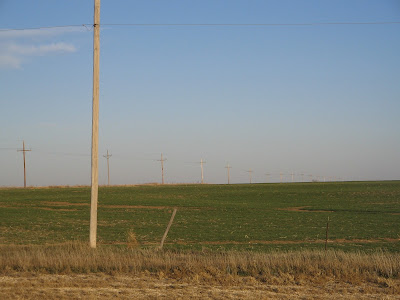Yep, you read that correctly: I have pet wolves.
Okay, so they don't look or act like wolves, but they are wolves nevertheless.
Wolf = Canis lupus
Dog = Canis lupus familiaris
What do wolves eat? Not dry kibble or mush from a can. They eat meat.
I'll admit, I was a little intimidated when I first came across the idea of a raw diet for dogs. Intimidated, but intrigued. I toyed with the idea on-and-off for nearly a year before I decided to jump in with both feet.
I was surprised at the change in my dogs after switching them to a raw diet. I was feeding top-of-the-line kibble before, but I guess even top-of-the-line kibble is still processed food! I wish I had decent before & after pictures of all of them, but I only have good comparison pictures of Stormy. The first picture was taken shortly before I switched them to raw, the second picture was taken 4 months after being on a raw diet.
The diet I feed my dogs is called "prey model". The goal is to mimic the prey that they would eat in the wild. This is accomplished by feeding a diet that is approximately 80% meat, 10% bone, 5% liver, and 5% other secreting organs.
Meat is, you got it: meat. Chicken, turkey, pork, beef, goat, lamb, ostrich, duck, salmon, venison, rabbit, pheasant, quail, kangaroo, whatever you can find. The more variety you can [slowly!] work into their diet, the better; but even if you can only get your hands on a few proteins, it's still a good diet. I try to feed at least 50% red meat; red meat being 'mammal meat', so pork, even though it's called "the other white meat", is actually red meat.
Bones are a little trickier than meat. We've all heard "don't feed the dog chicken bones!", but this actually requires more explanation. It should be "don't feed the dog cooked bones, be it chicken or beef". Raw bones (yep, even chicken bones) are soft and digestible. Cooked bones (yep, even beef bones) become brittle and can splinter into shards. That smoked ham bone at the petstore is actually more dangerous for your dog to eat than raw chicken bones. The main bones my dogs eat are chicken bones, along with a few pork and lamb bones. Note: weight-bearing bones of large herbivores are too hard for dogs, so bones like a cow femur are no-no's.
Bones are also "nature's toothbrush". Dental care is just as important for dogs as it is for people. 80% of dogs over the age of 3 have periodontal disease; which not only is a problem of unattractive teeth, it affects the internal organs of the animal.
My dogs' teeth on a raw diet
Liver is liver. Beef liver, pork liver, chicken liver, etc. That was an easy one!
Secreting organs are *drumroll* organ which secrete. Examples: kidney, spleen, pancreas, thymus, brain. The non-secreting organs, such as heart and gizzards, are fed in the "meat" portion of the dog's diet.
A raw prey model diet does not require any supplements, it supplies all the nutrients required by dogs. I do, however, give my dogs
fish oil
for Omega-3s to make up for the fact they do not get organic grass-fed beef or much wild game meat.
The amount to feed is based on your body's ideal adult body weight. The starting point is about 2%-3% of the dog's body weight, then adjust as necessary. (It's on a dog-by-dog basis depending on the dog's metabolism and activity level. One of my dogs eats nearly twice the recommended starting point!) I use a cheap
kitchen scale
to portion out my dogs' food.
Where do I get meat for my dogs?
- Grocery store - watch those sales!
- MyPetCarnivore.com
- Expired or freezer-burned meat from family and friends
- Hunting scraps
If you are interested in feeding your dogs (or cats or ferrets) a raw diet, here are some resources to get you started:









